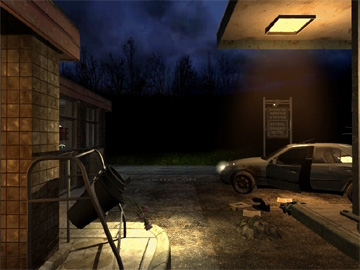
Figure 1. Welcome to Barrow Hill's only petrol station.
Curatorial Officer, Archaeology Data Service mdc502@york.ac.uk
Cite this as: Charno, M. 2007 Review of Barrow Hill: Curse of the Ancient Circle PC Game, Internet Archaeology 20. https://doi.org/10.11141/ia.20.7
Minimum system requirements OS: Windows ME/2000/XP CPU: Pentium™ III 450 MHz or better processor RAM: 128 MB RAM (256 MB Recommended) DRIVE: DVD-ROM drive VIDEO: SVGA Graphics Card or better with 32-bit color (32-Bit color at 800x600) SOUND: DirectX 9 compatible sound card. RRP £14.99. Available from Amazon.co.uk, Play.com, and other fine retailers.
Archaeological video games are few and far between. Internet Archaeology has reviewed a number of archaeologically-based computer applications, but none that in my opinion would fall under the video game category. Barrow Hill: Curse of the ancient circle from Shadow Tor Studios, is a video game…with archaeology in it. It would be a stretch to claim that Barrow Hill is actually an archaeological video game, but it does have an occasionally solid archaeological foundation and back story.
Barrow Hill is a mystery/adventure game in the same style of the all-time classic Myst. It takes a first person perspective as you point and click your way through an abandoned service station, woods and swamp while trying to solve the mystery surrounding the nearby ancient stone circle. The graphics are detailed and immersive and, together with the mood-setting ambient sounds, help convey the eerie undertones of the storyline. The game-play is smooth and the user interface and controls are intuitive. Combine these attributes with an interesting plot and engaging puzzles and tasks, and you have a very well done first offering from independent game developer Matt Clark.
The game begins with a leisurely evening drive through the woodlands of Cornwall. The radio host in the background reminds you that it is the first night of the Autumn Equinox and therefore the beginning of 12 hours of darkness. Predictably, the car breaks down and without any other options, the game-play forces you down a dark windy road until you come upon a seemingly abandoned service station.

Figure 1. Welcome to Barrow Hill's only petrol station.
From here the game takes on a non-linear path allowing you to wander throughout the service station and neighbouring areas. You can investigate a postcard in the mailbox, pastries on the kitchen counter, and even all the appliances of a public toilet. Taking a closer look at some of the fliers provided inside the service station offers insight into the myths and legends surrounding Barrow Hill. These types of hints build up throughout the game to provide the player with the necessary clues to complete the game as well as some background into archaeology, archaeo-astronomy, and mythology. The key to this game is to figure out how the storyline, puzzles, and various items fit together to solve the 'mystery' of the barrow and its stone circle, which often requires a keen attention to details. For example, to solve the final 'puzzle' of the game, the player must match items in their inventory with the appropriate megalith in the stone circle. The solution is hinted to in the various diaries, letters and other material you come across throughout the entire game, many of which are subtle and easy to miss.
For more traditional reviews of this game, there are a number of excellent and comprehensive ones available online. This review, however, will look solely at the good, the bad and the comical aspects of the archaeology in the game.
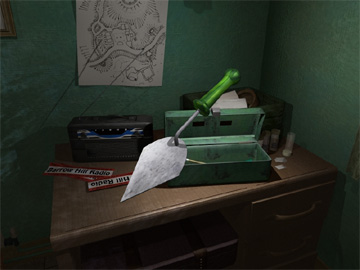
Figure 2. Behold the majesty.
I'll begin with the 'bad archaeology.' In the middle of the game, the player procures the only weapon an archaeologist needs, the trusty trowel. This was both an exciting and perplexing acquisition. I was excited to see something familiar yet bemused by how the developers were going to simulate using it. These initial concerns were justified when I found out that the trowel was used first to pry off the cover stone of a monument base and then later to break open a cash register to steal the money inside.
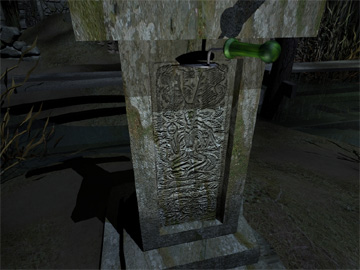
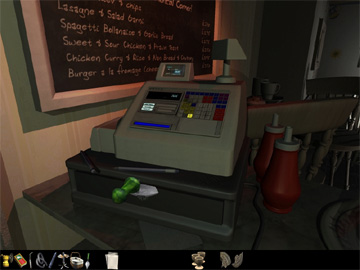
Figures 3 and 4. From tombstone to cash register: funny how a trowel fits so nicely into these things.
Another slight issue for me was when the player comes across some results from a magnetometry survey of the barrow. The resulting map would have required the hardware to take readings while passing over standing megaliths. This isn't a serious offence, but rather a small oversight by the developer.
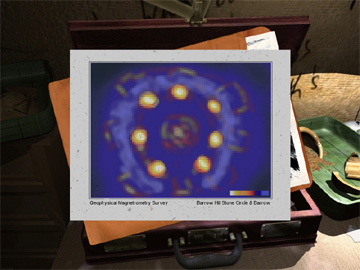
Figure 5. Not your standard magnetometry results, but we do see some nice rectilinear features around the perimeter.
Towards the end of the game the player comes across a metal detector which is used to find buried items necessary to complete the game. In addition to the metal detector the player comes across a handbook for using the device which suggests that the user operates at night so as to avoid the crowds of people and attention that the activity garners. Knowing the problem of 'nighthawking' in the UK, this is a rather unfortunate suggestion in the game.
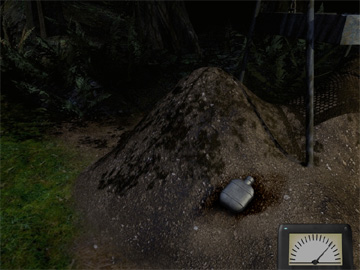
Figure 6. Looks like someone left their flask in the spoil heap again. Good thing
we got this metal detector thingy.
In general, the game portrays and encourages a certain amount of treasure hunting. This is nothing new - archaeology has been portrayed in this manner by Hollywood for years and liberties are taken for the sake of marketing and enjoyment - but there are also some good traits.
Just like any good archaeologist, the player must piece together the clues from the excavation with the related text-based evidence. Since excavating isn't actually a part of the game-play, the player thankfully has access to a number of documents and field notebooks which provide the details of the earlier excavations. These notes offer general descriptions of the finds and their locations. They sometimes contain detailed descriptions and archaeologically significant questions and thoughts.
Additionally, the tools of the modern archaeologist can be found throughout the game. The player finds a Trimble/Leica style GPS rover unit as well geophysical survey maps (albeit somewhat dubious ones). The player also comes across the project directors PDA, which acts as a personal notebook as well as site map. This invokes thoughts of current work with virtual research environments (VREs) and in particular the work of Mike Rains from the York Archaeological Trust, who is incorporating laptops and PDAs in the field for similar purposes (e.g. Silchester). While the inclusion of the PDA may have been for the convenience of story telling, it is actually quite an astute addition as more and more archaeological data is now "born digital".
The game also develops the conflicts archaeologists can sometimes experience. Throughout the game the player comes across articles and letters highlighting local resistance towards the archaeological work, which is something many if not all archaeologists contend with when conducting their research. In the case of Barrow Hill this idea does somewhat play into the storyline, but it does add a genuine experience to the game.
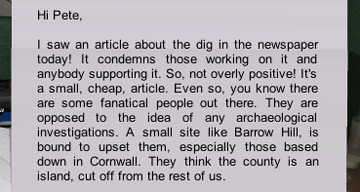
Figure 7. The letter was a medium for communication used throughout the middle and late modern eras, delivered by the "mail-carrier" of the civilisation.
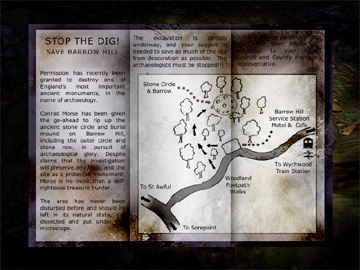
Figure 8. And then the protesters all began chanting, "Hey Hey, Ho Ho, The systematic
study of human cultures through the recovery and interpretation of their material
remains has got to go. Hey Hey, Ho Ho..."
With a very commendable job done on the archaeology within the game, there are some rather humorous aspects to the game related to the archaeology. Towards the end, after the player has recreated the pagan ritual offerings, the megaliths begin to glow in a sensational manner.
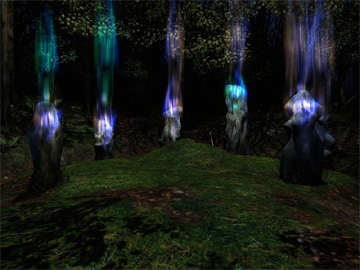
Figure 9. These megaliths are evidently composed of highly enriched
Uranium.
Another point I found rather comical was the notion of "well-paid" archaeologists. While reading one of the character's diary entries, the author goes on about how excited they were to be working with the distinguished Conrad Morse and how generous the wages were. The diary entry also mentions that the director had personally funded the dig.
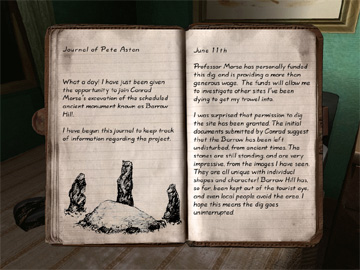
Figure 10. More reading! I thought this was supposed to be a video game.
We also discover that the charitable director of the project, Conrad Morse, also drinks on site and is on the verge of madness (Figure 12). Not sure how many project directors the game developer has actually met but many might agree with this generalisation. Not myself of course, as all the directors I've worked for have been both highly intelligent and upstanding individuals…
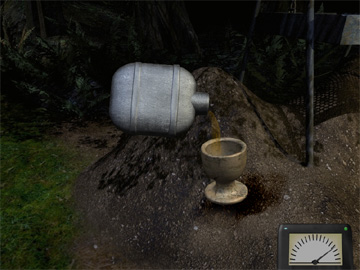
Figure 11. One of the perks of being director is drinking your whisky out of the ancient artefacts.
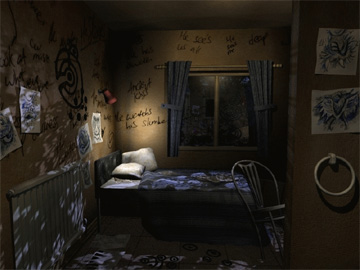
Figure 12. The director teetered on the edge madness and brilliance, but the alcohol usually favoured the former.
Barrow Hill is an enjoyable game to play. I felt it took a while for the plot to get going but once it did the game was engaging and interesting. Those who enjoy the point and click based strategy games will surely enjoy the story line and the complexity of the puzzles. The claim of 'Archaeology meets Adventure' on the back of the box is a somewhat tenuous claim, but overall this was a fun, challenging game that maintained a good archaeological back story throughout. I'm not sure how desirable the archaeology demographic is in the video game industry, but I'm sure most archaeologists would definitely dig this one!
Internet Archaeology is an open access journal based in the Department of Archaeology, University of York. Except where otherwise noted, content from this work may be used under the terms of the Creative Commons Attribution 3.0 (CC BY) Unported licence, which permits unrestricted use, distribution, and reproduction in any medium, provided that attribution to the author(s), the title of the work, the Internet Archaeology journal and the relevant URL/DOI are given.
Terms and Conditions | Legal Statements | Privacy Policy | Cookies Policy | Citing Internet Archaeology
Internet Archaeology content is preserved for the long term with the Archaeology Data Service. Help sustain and support open access publication by donating to our Open Access Archaeology Fund.